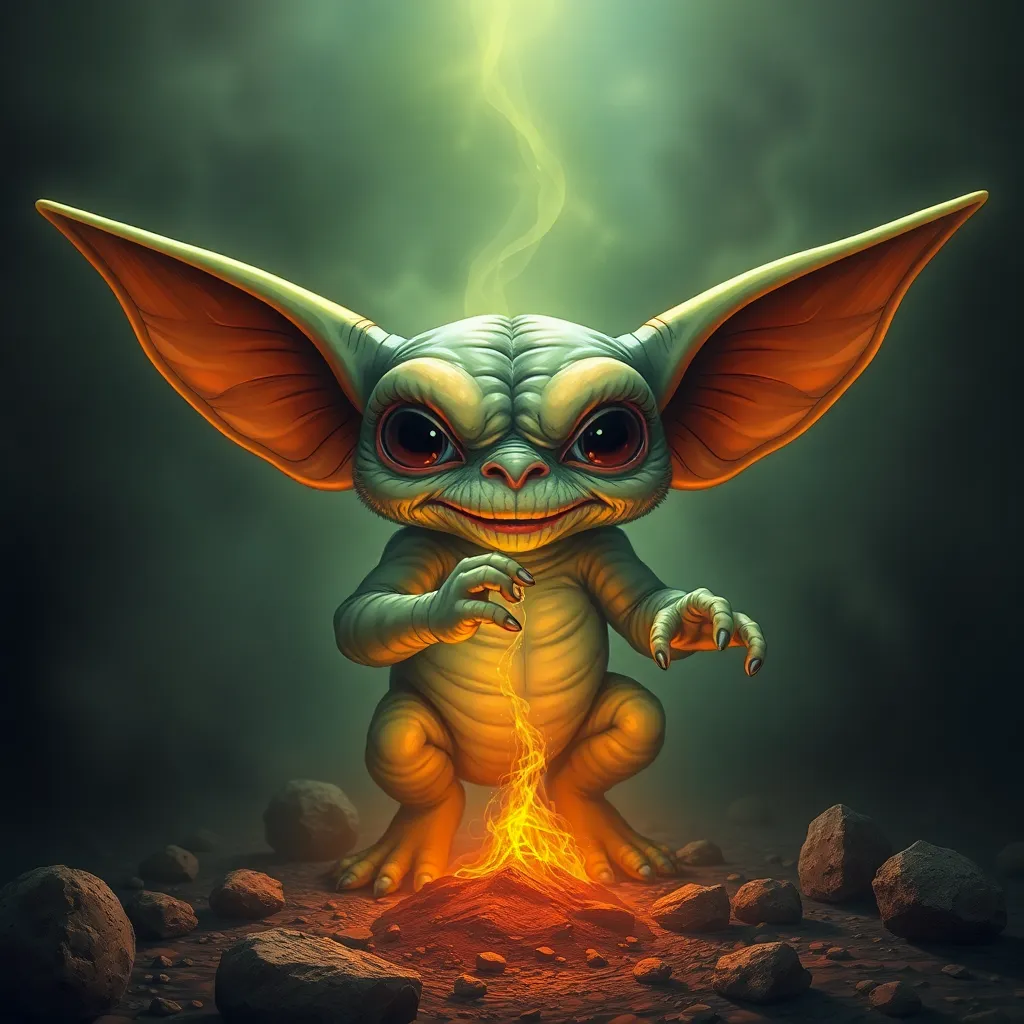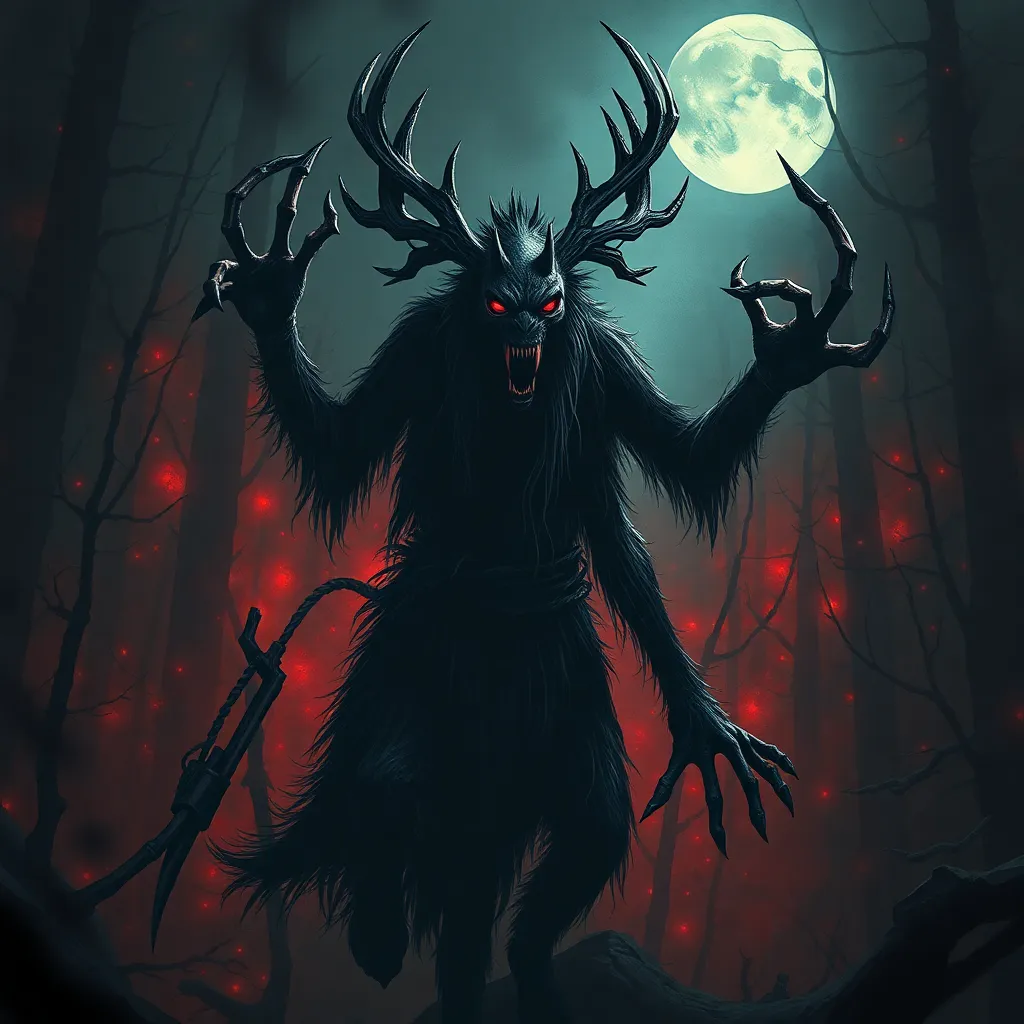The Gremlin’s Morality: Exploring the Ethical and Moral Code of Gremlin Beings
I. Introduction to Gremlin Lore
Gremlins have long been a part of folklore and mythology, often depicted as mischievous creatures causing chaos in machinery and technology. Their origins can be traced back to the early 20th century, particularly during World War II, when they were humorously blamed for mechanical failures in aircraft.
Throughout history, gremlins have held cultural significance, embodying the fears and frustrations of humanity concerning technology and the unknown. This article seeks to explore the moral and ethical dimensions of gremlin behavior, delving into their unique code of conduct.
II. Defining Morality in Mythical Beings
A. What is morality?
Morality refers to the principles concerning the distinction between right and wrong or good and bad behavior. In the context of mythical beings, it encompasses the values and beliefs that guide their actions and decisions.
B. Comparison of human moral frameworks
Human morality often varies across cultures but generally includes concepts like justice, fairness, and empathy. By examining the moral frameworks of mythical beings like gremlins, we can gain insight into how different cultures interpret morality.
C. Morality in other mythical creatures
- Fairies: Often depicted as benevolent or mischievous, their morality is tied to nature and human interaction.
- Dragons: Typically embody power and chaos, their moral codes can vary widely depending on the cultural narrative.
- Elves: Often seen as wise and morally upright, they represent ideals of justice and harmony.
III. Characteristics of Gremlins
A. Physical and behavioral traits
Gremlins are commonly described as small, goblin-like creatures with a penchant for mischief. They are often portrayed with large ears, sharp teeth, and an affinity for causing chaos, particularly in mechanical devices.
B. Common misconceptions about Gremlins
Many people view gremlins solely as malevolent troublemakers. However, their actions often stem from a complex set of motivations, including curiosity and a desire for play rather than outright malice.
C. The duality of Gremlin nature: Mischief vs. Morality
Gremlins embody a duality in their nature; while they are known for their mischief, they also possess a moral code that governs their behavior. This duality is essential to understanding their ethics.
IV. The Gremlin Code: Principles and Beliefs
A. Core values held by Gremlin beings
Gremlins have a unique set of core values that include:
- Curiosity: A strong desire to explore and understand the world around them.
- Creativity: A penchant for inventive problem-solving, often expressed through their mischievous antics.
- Balance: An understanding that chaos and order coexist, and their actions often serve to maintain this balance.
B. The impact of environment on Gremlin morality
The environment plays a significant role in shaping gremlin morality. For example, gremlins in industrial settings may exhibit different moral behaviors compared to those in natural environments, reflecting their adaptation to surroundings.
C. Tales and anecdotes illustrating Gremlin ethics
Numerous tales highlight the ethical dilemmas faced by gremlins. One popular story tells of a gremlin who saved a pilot’s life by sabotaging a faulty engine, showcasing their ability to act morally in dire situations.
V. Gremlins and Human Interaction
A. Historical interactions between humans and Gremlins
Historically, gremlins have been depicted as both adversaries and allies to humans. Their interactions often reflect the human struggle with technology and the unknown.
B. Moral dilemmas faced in human-Gremlin relations
Human-gremlin relations often present moral dilemmas, such as:
- Should humans seek to control or understand gremlins?
- Is it ethical to blame gremlins for mechanical failures?
- How should humans respond to gremlin mischief?
C. Lessons learned from Gremlin encounters
Encounters with gremlins have taught humans valuable lessons about humility, the limits of control, and the importance of coexistence with the unknown.
VI. Ethical Implications of Gremlin Behavior
A. Understanding the consequences of Gremlin mischief
The mischief of gremlins can lead to unintended consequences, often serving as a reminder of the unpredictability of life.
B. The balance between chaos and order in Gremlin actions
Gremlins embody a delicate balance between chaos and order, challenging humans to reconsider their relationship with technology and nature.
C. Ethical theories applied to Gremlin behavior
Several ethical theories can be applied to gremlin behavior, including:
- Utilitarianism: Assessing the greatest good for the greatest number, often complicated by gremlin actions.
- Kantian ethics: Considering whether gremlin actions respect the autonomy and dignity of others.
- Virtue ethics: Reflecting on what a ‘good’ gremlin would do in various situations.
VII. Modern Interpretations of Gremlin Morality
A. Gremlins in contemporary media and literature
In modern media, gremlins are often portrayed with a blend of humor and horror, serving as symbols of the unintended consequences of technology.
B. Evolving perceptions of Gremlin morality
As society evolves, so too does the perception of gremlins. They are increasingly seen as complex beings with their own moral dilemmas, rather than mere troublemakers.
C. The relevance of Gremlin ethics in today’s world
Gremlin ethics resonate in today’s world, particularly as we grapple with technology’s impact on our lives. The lessons learned from gremlin behavior can inform our understanding of ethical technology use.
VIII. Conclusion: The Legacy of Gremlin Morality
A. Summary of key findings
The exploration of gremlin morality reveals a rich tapestry of ethical considerations, highlighting their complex nature and interactions with humans.
B. The significance of understanding Gremlin morality
Understanding gremlin morality offers insights into broader moral questions about technology, chaos, and coexistence.
C. Future research directions and cultural explorations
Future research could explore the evolving narratives surrounding gremlins in various cultures, examining how these stories reflect societal values and moral frameworks.




